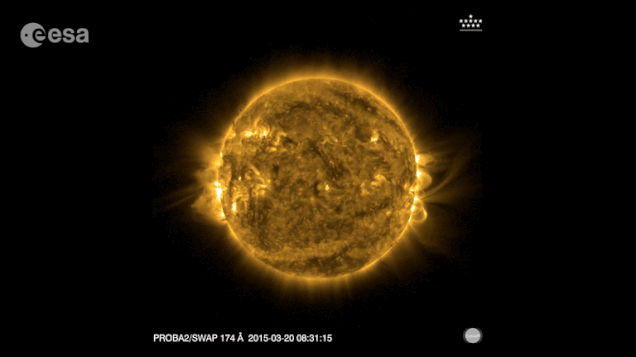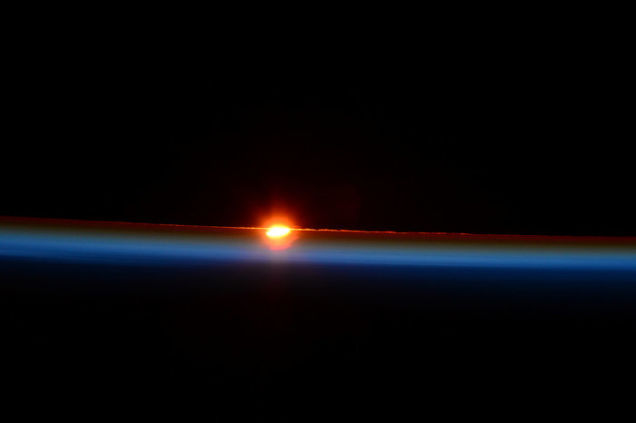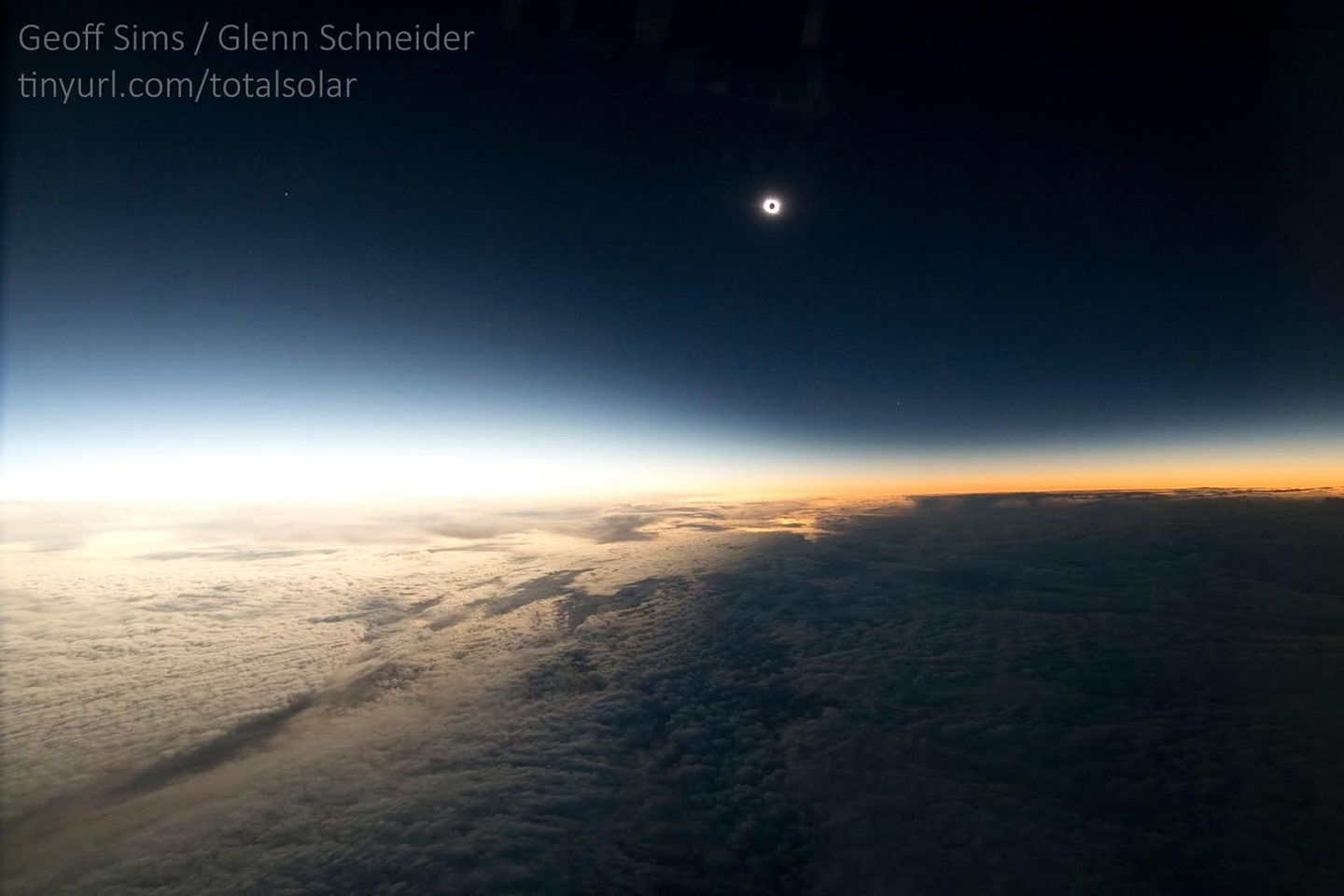So, we a solar eclipse occurred this March, and if not for the Internet and television, some of you may not have even known (myself included). But who can blame us, it wasn’t even visible to those dwelling in North America. Suffice to say, that hasn’t stopped NASA or our buddies at the European Space Agency from photographing the natural phenomenon every which way they could.
In case you need reminding, a solar eclipse occurs when the Moon orbits in front of the Sun, partially or completely obscuring our view of it, save for the disk of light surrounding the perimeter. This light, being comprised of the Sun’s solar radiation, may still cause permanent eye damage if directly looked upon without special eyewear.
The eclipse that just occurred on March 20th happened to be a total solar eclipse, meaning that the Sun’s circumference perfectly aligned with that of the Moon, casting the darkest portion of the Moon’s shadow on Earth, creating nighttime conditions.
The breathtaking image below depicts a time-lapse gif created from the footage captured by the ESA’s PROBA-2 mini-satellite during March 20th’s solar eclipse.

The next series of images, while not as majestic, were snapped by astronaut Samantha Cristoforetti aboard the ISS.

My favorite images by far come from astronomers Glenn Schneider and Stephan Heinsius, who chartered a plane to fly straight through the black blanket cast by the moon’s shadow on the north Atlantic reaches of the eclipse. While these images are not from space, they’re unique enough to warrant a shoutout.

Whether or not someone can see a total eclipse depends on their position relative to that of the umbra, the darkest part of the Moon’s shadow, and incidentally, our part of the globe was in the wrong position.

Source ESA/NASA/Timeanddate.com/Bad Astronomy
Advertisement
Learn more about Electronic Products Magazine





